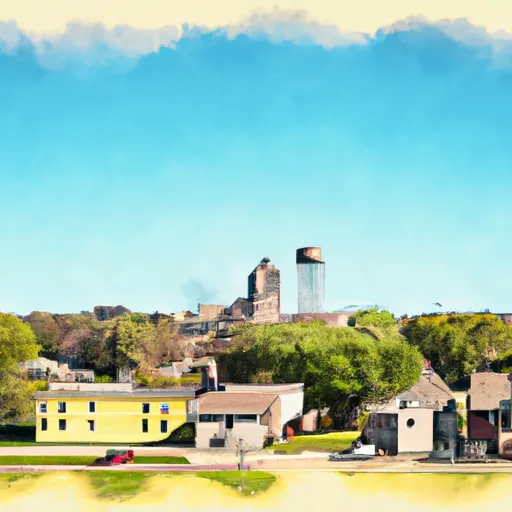°F
°F
mph
Windspeed
%
Humidity











Sperry, Iowa is a small community located in Des Moines County in the southeastern part of the state. It experiences a humid continental climate, characterized by hot summers and cold winters. Average temperatures range from the low 20s Fahrenheit in winter to the high 80s in summer, with precipitation distributed evenly throughout the year.
The hydrology constituents in Sperry are primarily influenced by the Mississippi River, which flows nearby. The river provides opportunities for recreational activities such as boating, fishing, and kayaking. The region also has several lakes and ponds that offer additional water-based activities.
For outdoor enthusiasts, Sperry boasts various opportunities to explore nature. The surrounding area features several parks and nature reserves, providing opportunities for hiking, camping, and wildlife observation. Big Hollow Recreation Area, located nearby, is a popular destination for outdoor activities, including fishing, hunting, and birdwatching.
Overall, Sperry, Iowa offers a pleasant climate, diverse hydrology constituents, and numerous outdoor recreational opportunities for residents and visitors to enjoy.
Weather Forecast
Sperry receives approximately 950mm of rain per year, with humidity levels near 83% and air temperatures averaging around 11°C. Sperry has a plant hardyness factor of 5, meaning plants and agriculture in this region thrive during a short period during spring and early summer. Most plants will die off during the colder winter months.
Regional Streamflow Levels
386
Cubic Feet Per Second
50,400
Cubic Feet Per Second
3,010
Cubic Feet Per Second
3,220
Cubic Feet Per Second
Nearby Camping
| Camping Area | Reservations | Toilets | Showers |
|---|---|---|---|
| Warfield Point Park | |||
| Clear Spgs Rec Area | |||
| Great River Road State Park | |||
| Natchez State Park | |||
| Lake Chicot State Park | |||
| Grand Gulf Military Park |



